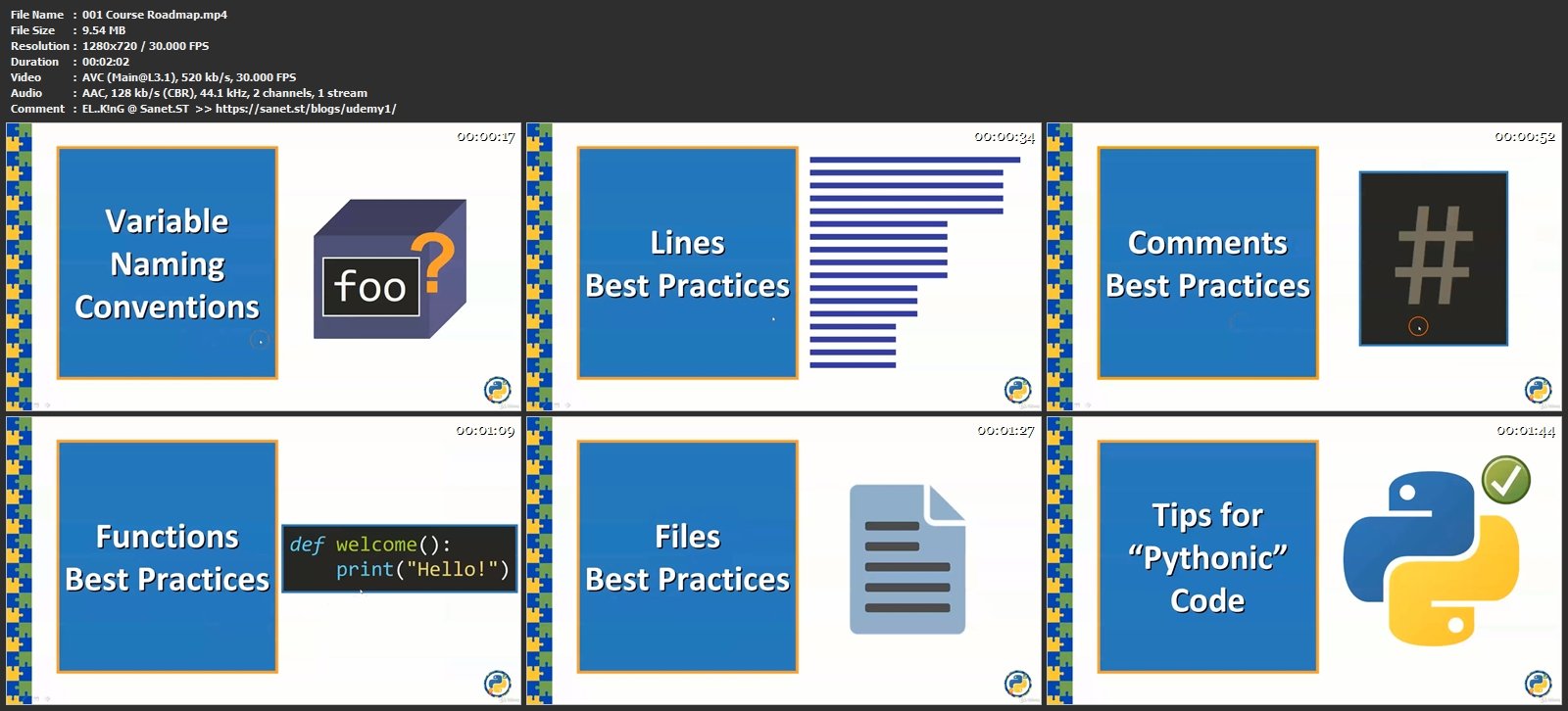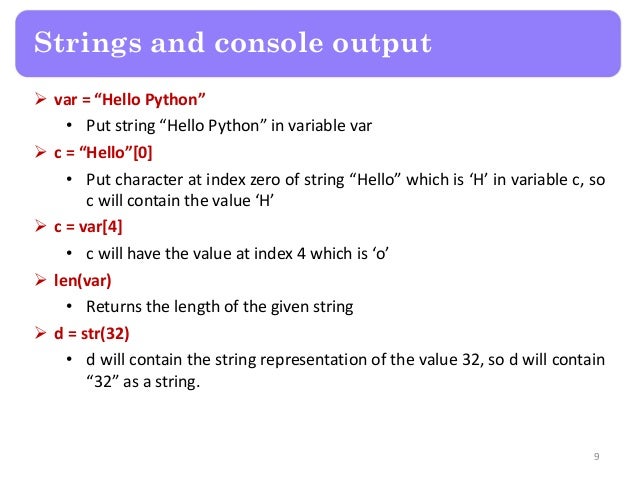


However, they still lack a significant chunk of functionalities that IDEs have. Some even have a Version Control System built in. These editors like Sublime Text and Microsoft Visual Studio Code are feature rich in terms of the common functionalities like syntax highlighting and auto-indentation. They lack the common functionalities like syntax highlighting, auto indentation, auto code completion, etc.Next comes the dedicated text editors which were designed to write and edit code for any programming language. However, they are very good at only one single thing, that is to write text. However, they are not well equipped to sustain the development process of an end-to-end application.Why is IDE an important part of Development?Traditionally text editors like Nano or Vim (Linux/Unix), Notepad (Windows) and TextEdit (MacOS) were used to write code. These IDEs have additional features which make it easy and fast to prototype Machine Learning models and Scientific simulations with great ease. Some IDEs like Jupyter or Spyder are open source and are developed aimed at the Scientific and Artificial Intelligence research community. Each IDE comes with their own strengths and weaknesses. In this article, we will focus on IDEs that support Python as a programming language.IDEs are usually developed by a community of people (open source) or by a commercial entity. It is safe to say that all IDEs perform the fundamental tasks equally well, however, most modern IDEs come with a plethora of other features specifically tuned to make the workflow easier for a particular type of development pipeline.

Even though the ability to write, run and debug the source code is the most fundamental features of an IDE, they are not the only ones.

It is a piece of development software which allows the developer to write, run, and debug the code with relative ease. By Animikh Aich What is an IDE?IDE stands for Integrated Development Environment.


 0 kommentar(er)
0 kommentar(er)
